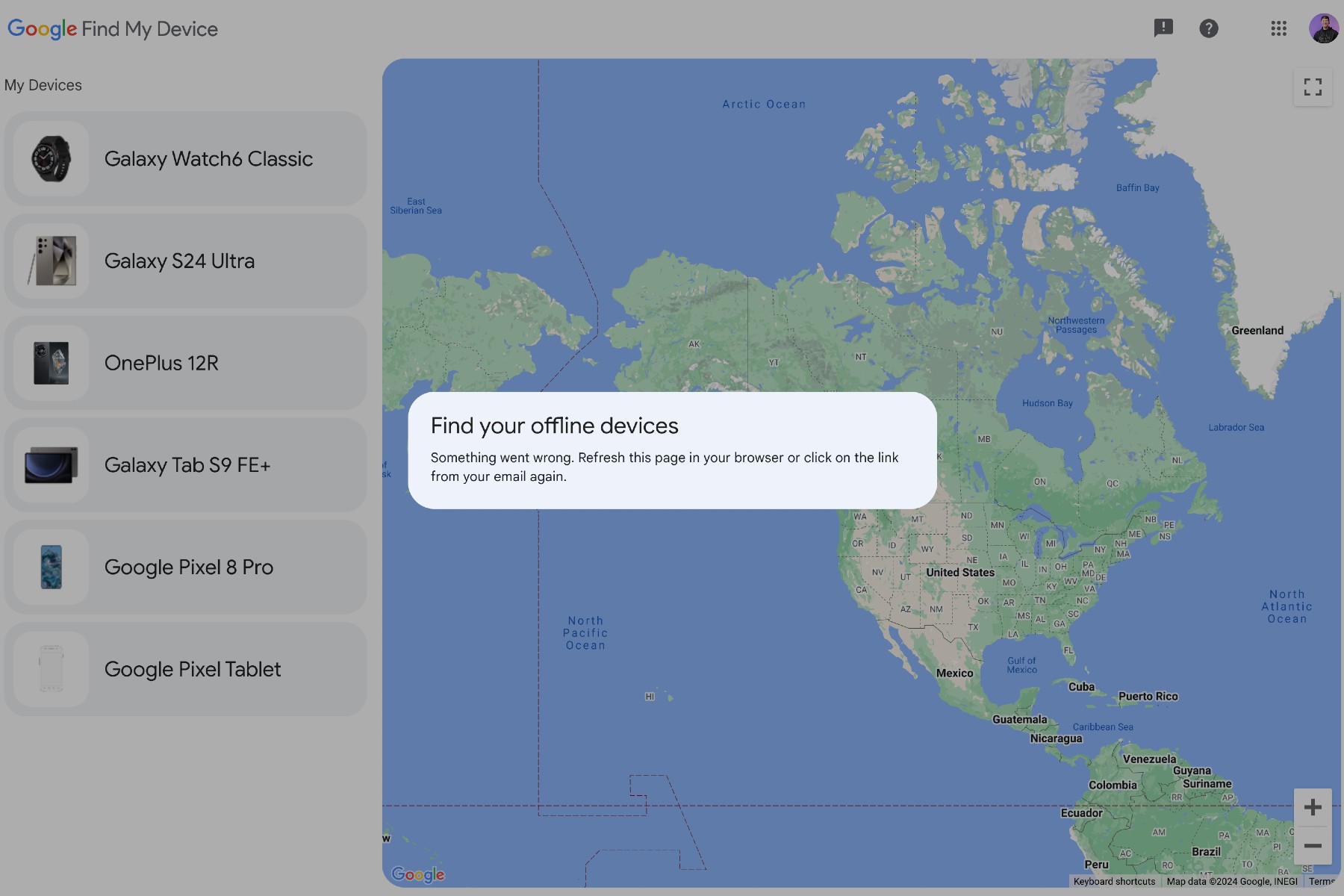https://gizmodo.com/viagra-sildenafil-prevent-alzheimers-disease-risk-1851374440
New research is the latest to suggest that sildenafil—the active ingredient in popular erectile dysfunction drug Viagra—might help fend off Alzheimer’s disease. The study found that people taking sildenafil were noticeably less likely to develop Alzheimer’s than similar patients not taking it. The results do not yet prove that the little blue pill is effective against the neurological disorder, however, and clinical trials will be needed to know for sure, the researchers say.
Giancarlo Esposito on Having His Own Action Figures
The study, published in the Journal of Alzheimer’s Disease, was led by scientists from the Cleveland Clinic. In 2021, the same team published a paper finding evidence in the lab and from insurance claims data that sildenafil could prevent or delay the onset of Alzheimer’s in older people—perhaps reducing risk by as much as 69%. Some researchers have questioned whether the study’s design was truly able to show a clear link between reduced Alzheimer’s and sildenafil use, however. The very next year, another study that examined Medicare data failed to find such a connection.
This debate isn’t over, though. This February, a third research team studied healthcare data from the UK and found a significant, if smaller, reduced risk of Alzheimer’s associated with sildenafil. And now the authors of the original study say they’ve uncovered more evidence to support the hypothesis.
This time around, the team analyzed claims data from two large patient databases. They compared patients taking sildenafil with patients taking one of four drugs commonly used to treat pulmonary hypertension, a type of high blood pressure affecting the lungs. While sildenafil is best known as an erectile dysfunction aid, it’s also approved and commonly used for this condition as well.
The team once again found that the patients on sildenafil were less likely to later be diagnosed with Alzheimer’s than the comparison groups, with a reduced risk ranging from 30% to 54%. They also conducted more lab experiments, testing sildenafil on neurons grown from the stem cells of Alzheimer’s patients. They found that the drug seemed to promote the growth of neurites (the projections that neurons use to communicate with each other) and reduced the accumulation of a potentially toxic form of tau protein (one of the two proteins thought responsible for causing Alzheimer’s)—a potential clue as to how sildenafil might actually lower Alzheimer’s risk.
“Our findings provide further weight to re-purposing this existing FDA-approved drug as a novel treatment for Alzheimer’s, which is in great need of new therapies,” said senior author Feixiong Cheng in a statement from the Cleveland Clinic.
The scientists are quick to caution that their research can’t show conclusively that sildenafil can prevent or delay Alzheimer’s. But they and other scientists say there’s been enough encouraging data collected to at least merit a larger-scale and more definitive test of this hypothesis.
“We believe our findings provide the evidence needed for clinical trials to further examine the potential effectiveness of sildenafil in patients with Alzheimer’s disease,” said Cheng.
via Gizmodo https://gizmodo.com
April 4, 2024 at 11:57AM

